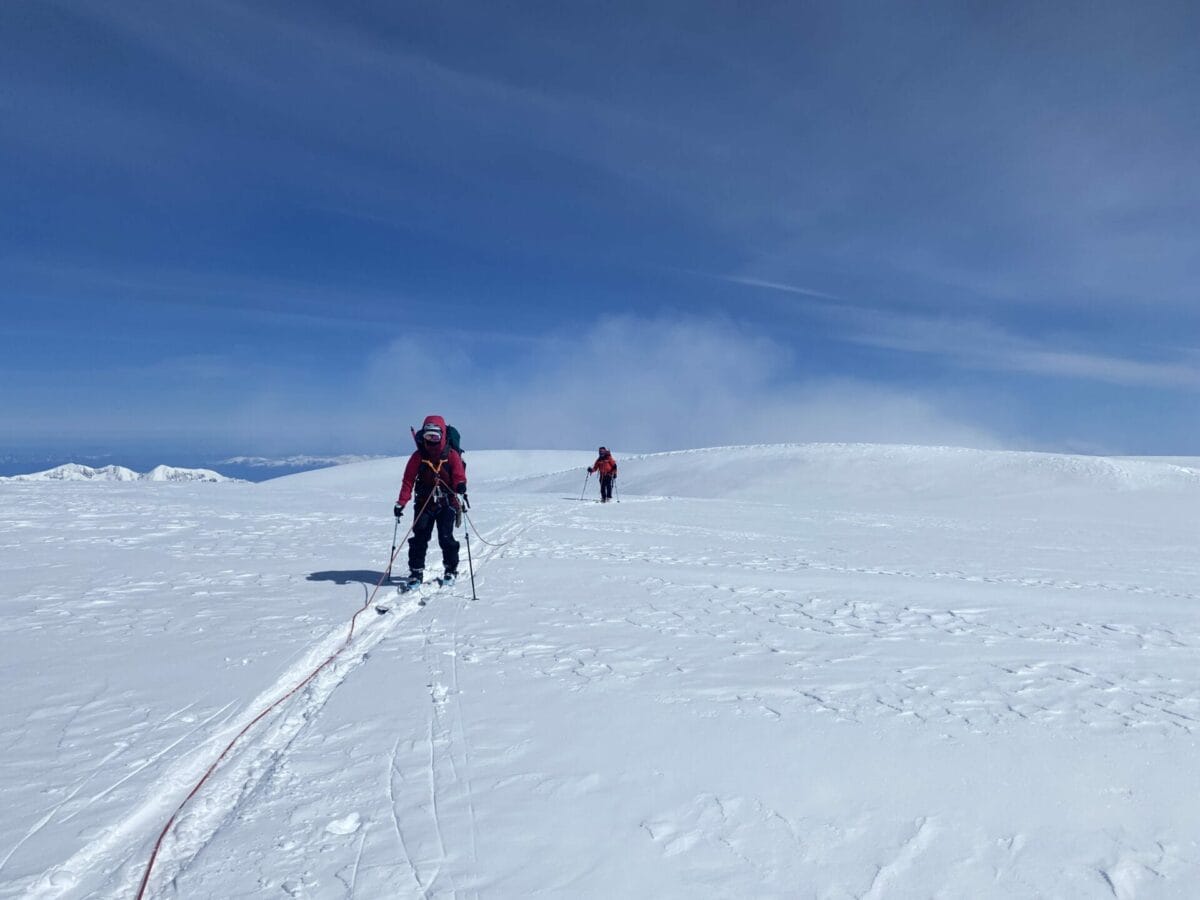
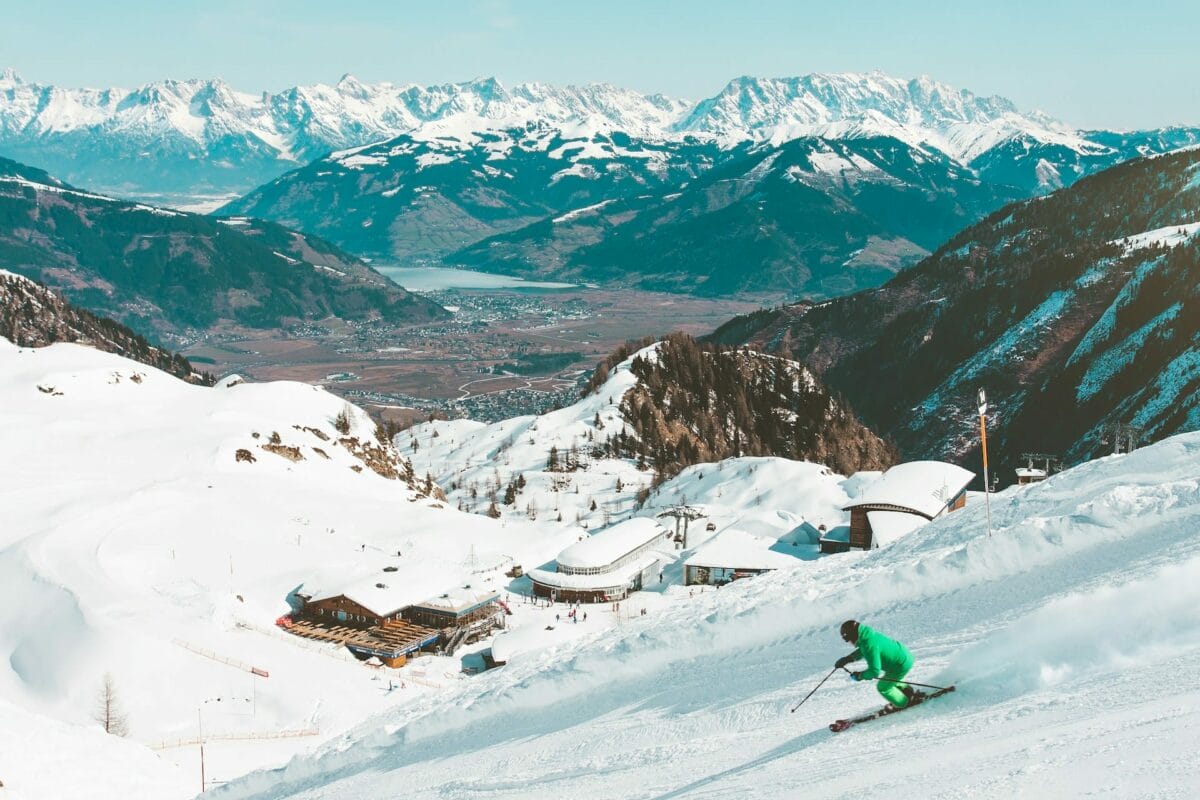
I’ve been skiing since I was 8 years old and backcountry skiing for nearly seven years. I have extensive experience fueling alpine and backcountry skiing. However, it was only this year that I discovered the joy and beauty of skimo (short for “ski mountaineering” and often used in the context of racing), and began to tinker with my nutrition as a result!
As a sports nutritionist, I couldn’t resist diving into nutrition for ski mountaineering! In this blog, I will discuss nutritional considerations for “skimo” ski mountaineering, including the physiological systems used during this activity and how to tailor your nutrition to support those systems.
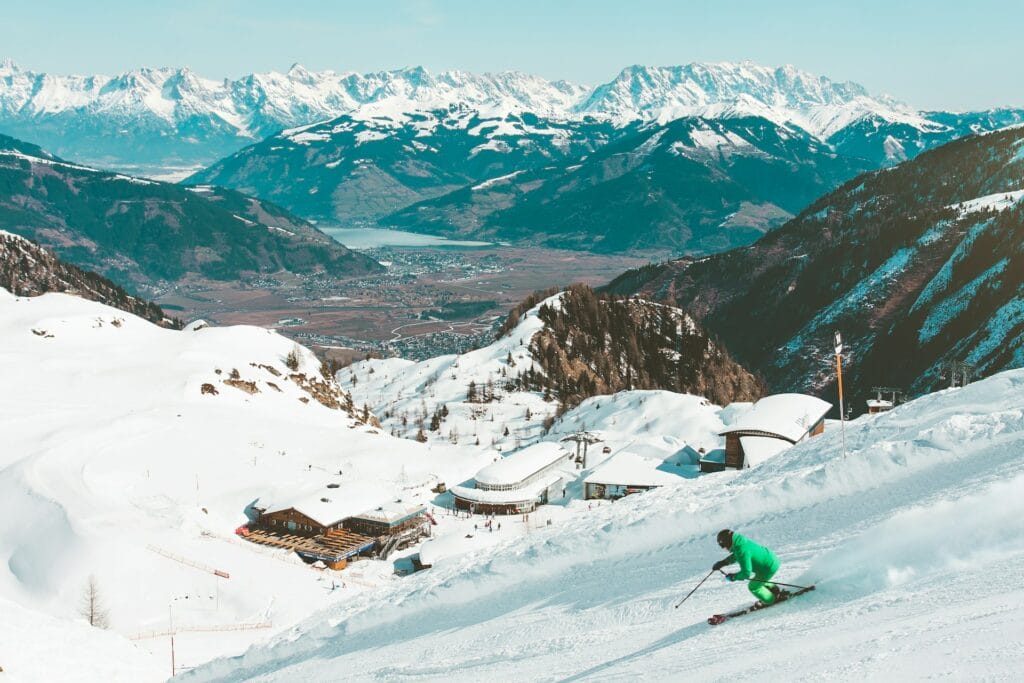
There are many different skiing disciplines, so I thought it would be helpful to start by differentiating skimo from other forms of skiing. Let’s dive in!
I am discussing nutrition for “skimo” style ski mountaineering in this article. I will use the terms skimo and ski mountaineering interchangeably in this article.
Having a high aerobic capacity is crucial to your success in skimo. This is demonstrated by positive correlations between skimo race times and maximal oxygen uptake (aka VO2 max, the maximum rate of oxygen consumption that can be attained during physical activity) and oxygen uptake at the second ventilatory threshold (also referred to as the anaerobic threshold).
While proper training is essential to building a high aerobic capacity, so is your diet. In fact, to create a high aerobic capacity for skimo, dialing in your daily nutrition is just as crucial as your ski day/race day nutrition.
Your body’s aerobic energy system can metabolize fat and glucose for fuel. Improving your body’s ability to burn fat for fuel at varying levels of aerobic exercise effort can help you sustain a longer duration and higher intensity of activity without building up excess lactate (lactic acid), a metabolic byproduct that contributes to the feeling of “burning” muscles and even to bonking during exercise.
You can improve your body’s ability to burn fat for fuel by eating a healthy balance of protein, carbohydrates, and fat in your diet – carb intake should be neither too low nor too high. I commonly see as a sports nutritionist that many athletes’ carbohydrate intakes are quite high and imbalanced with their protein and fat intakes, which can create an excessive reliance on carbohydrates for fuel and more difficulty burning fat for fuel, leading to burnout during demanding aerobic activities like skimo.
Your body performs significant mechanical work fighting against gravity when ski mountaineering during uphill climbs, which are often quite steep. The combined weight of you and your equipment will play a role in how quickly you can move uphill (this is why lightweight gear is so prized in skimo). However, your body weight also plays a role, so optimizing your body composition may help you move faster. (Source)
By optimizing your body composition, I don’t mean starving yourself to achieve the lightest weight possible. Instead, we want to focus on building functional muscle mass and maintaining that muscle mass while reducing excess body fat and nourishing our bodies properly with nutritious, wholesome food.
In my work with my nutrition clients, I help them optimize their body composition through several steps:
Without proper fueling, a significant calorie deficit may occur in ski mountaineers due to the high energy demands of the sport. Here’s my suggested strategy for fueling during skimo days (where you’re casually participating in skimo and enjoying yourself) and a separate set of suggestions for fueling during skimo races:
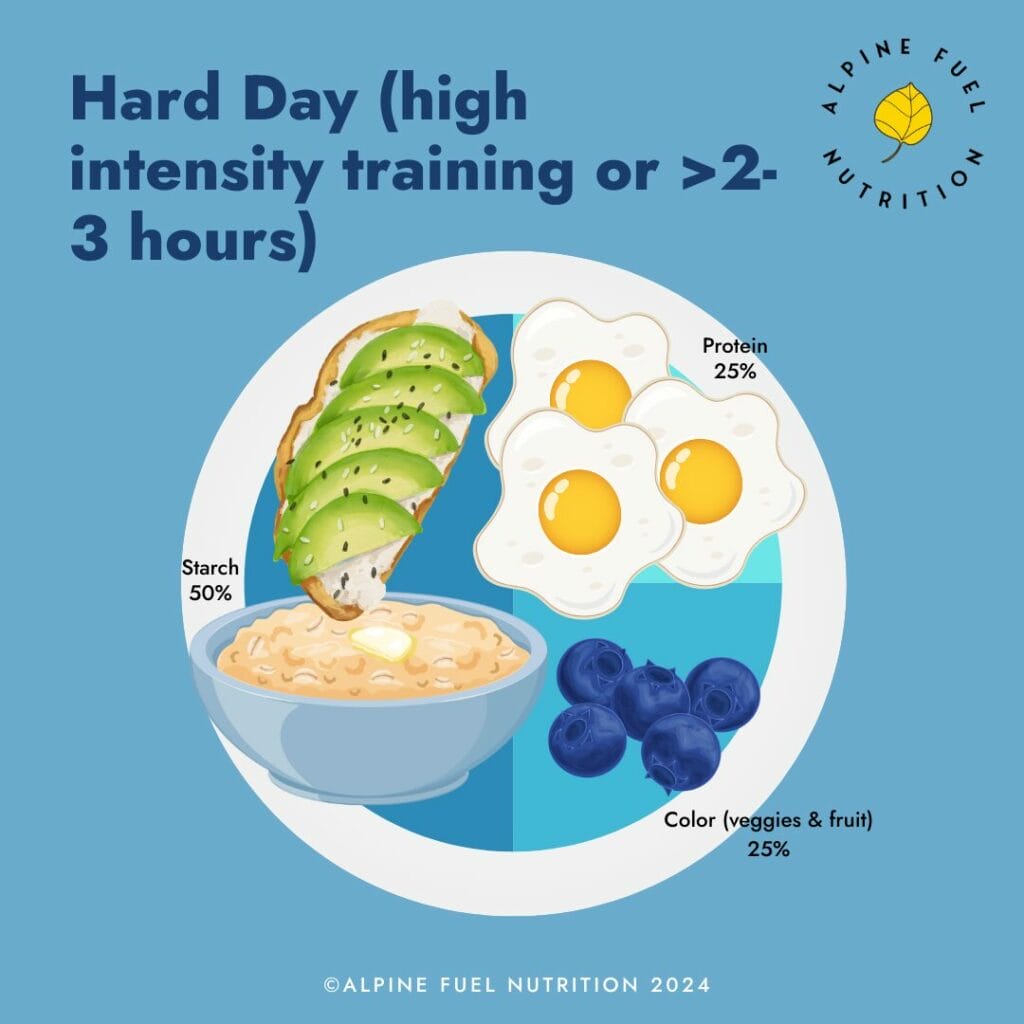
Here are some examples of skimo-friendly foods that I suggest for fueling during your activity:
As always, for your nutrition foundation, I recommend eating whole, minimally processed foods, including high-quality meat, poultry, seafood, and eggs (all crucial, bioavailable protein sources), vegetables, fruits, whole-food starches like potatoes, sweet potatoes, root veggies, fruits, and whole grains (if tolerated), full-fat dairy products (if tolerated), nuts, and seeds.
While you may be able to “get away” with eating highly processed junk foods occasionally, I don’t recommend making these foods a staple in your diet due to their adverse effects on blood sugar balance and inflammation levels inside the body.
High altitude (such as that experienced during ski mountaineering) can cause dehydration because the lower humidity and increased breathing rate your body experiences at altitude causes your body to lose fluid more quickly than at lower altitudes.
Furthermore, your kidneys sense the low oxygen levels at altitude and release more erythropoietin (EPO) from the peritubular cells to stimulate red blood cell production. The kidneys also prompt you to pee more to decrease your blood plasma volume and make your hemoglobin more concentrated; hemoglobin is the primary carrier of oxygen in your body.
In addition, the physical exertion of mountaineering also causes water loss through respiration.
Finally, cold temperatures (typical in ski mountaineering!) can cause cold diuresis, a phenomenon that your body initiates when it senses cold environments and increases blood flow to your body’s core.
Altogether, skimo creates a prime environment for dehydration if you aren’t careful!
Dehydration resulting in losing 2-3% of body mass may impair endurance performance, such as ski mountaineering. Dehydration can increase your perceived exertion, making slopes that you previously sped up feel like long slogs. (Source)
Here are some guidelines for estimating your fluid needs during mountaineering:
It is also important to consume electrolytes when mountaineering, provided you don’t suffer from a health condition or take medications that preclude using supplemental electrolytes. I often recommend using a low-osmolality electrolyte beverage like Skratch Labs Sport Hydration Mix.
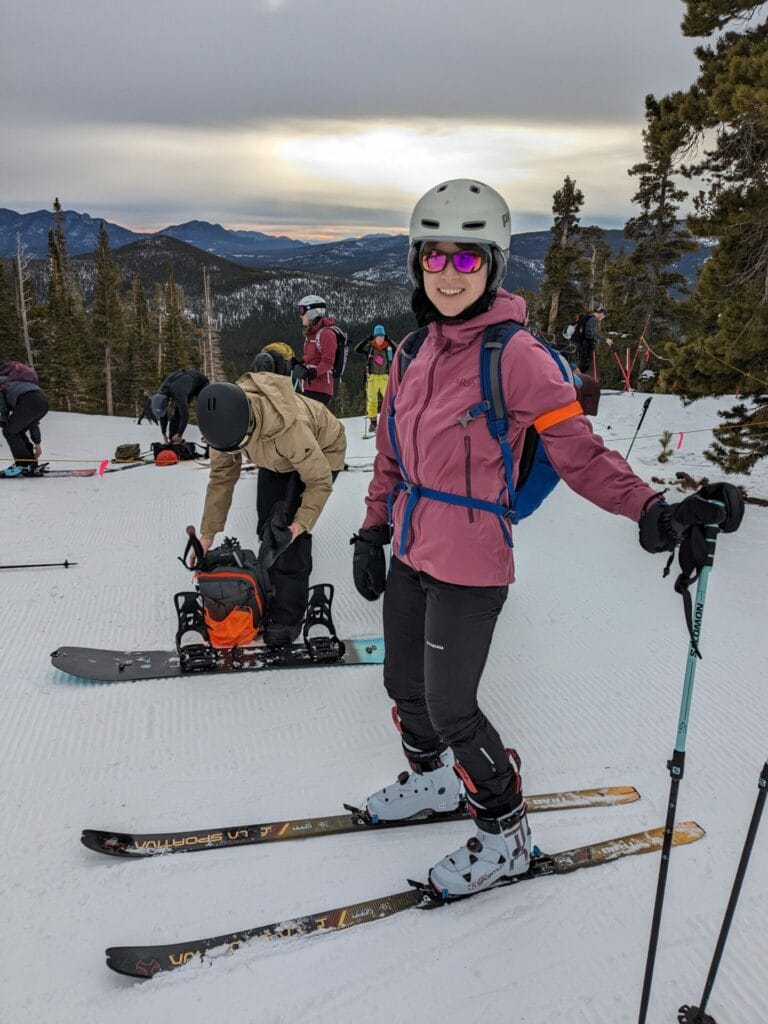
Skimo is an exciting, growing sport with extreme physiological demands and exposure to challenging mountainous environments. The right nutrition plan can help you make the most of your skimo training and race your best!
The content provided on this nutrition blog is intended for informational and educational purposes only. It is not a substitute for professional medical advice, diagnosis, or treatment. Always seek the advice of your physician or other qualified health provider with any questions you may have regarding a medical condition. Never disregard professional medical advice or delay in seeking it because of something you have read on this blog.
The information and recommendations presented here are based on general nutrition principles and may not be suitable for everyone. Individual dietary needs and health concerns vary, and what works for one person may not be appropriate for another.
I make every effort to provide accurate and up-to-date information, but the field of nutrition is constantly evolving, and new research may impact dietary recommendations. Therefore, I cannot guarantee the accuracy or completeness of the information presented on this blog.
If you have specific dietary or health concerns, please consult a qualified nutritionist or another healthcare professional for personalized guidance.
I empower others through nutrition to conquer their mountain adventures, drawing from my own experiences.
With a background in Biomedical Science and an M.S. in Human Nutrition, I’m a Certified Nutrition Specialist and Licensed Dietitian Nutritionist. My journey in functional medicine has equipped me to work alongside athletes and tackle complex health cases. As a passionate trail runner, backcountry skier, and backpacker, I strive to support others on their paths to peak performance and well-being.


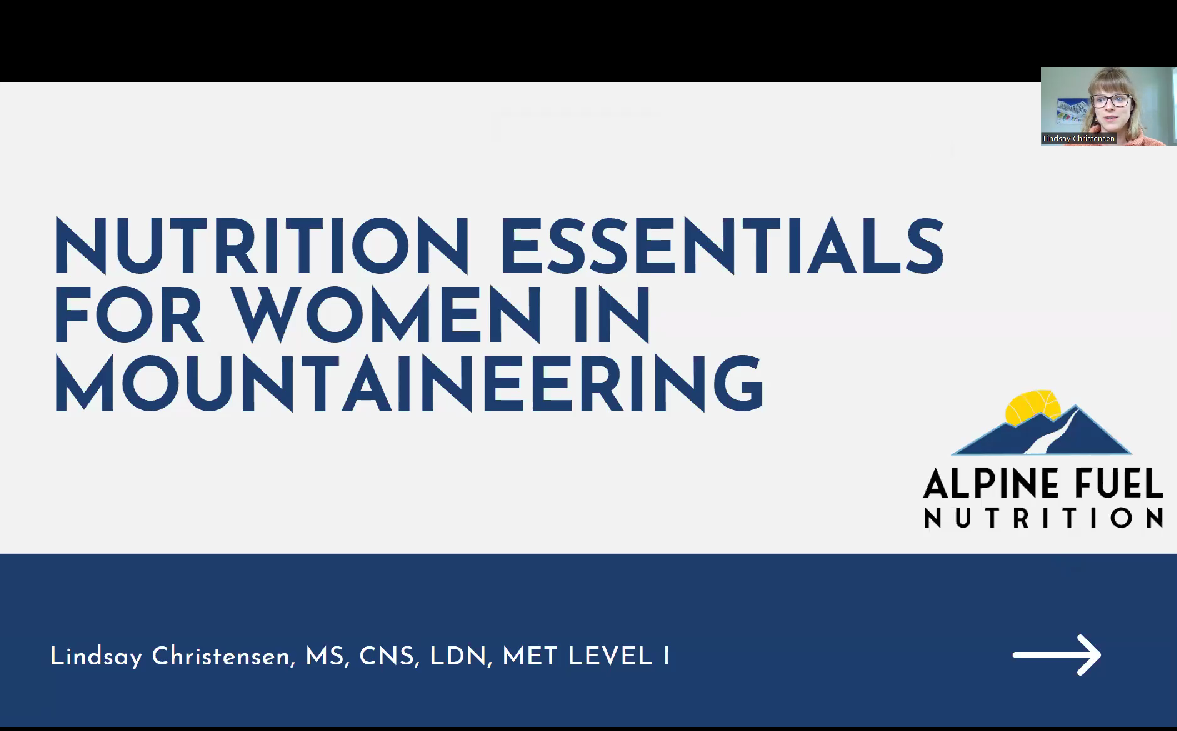

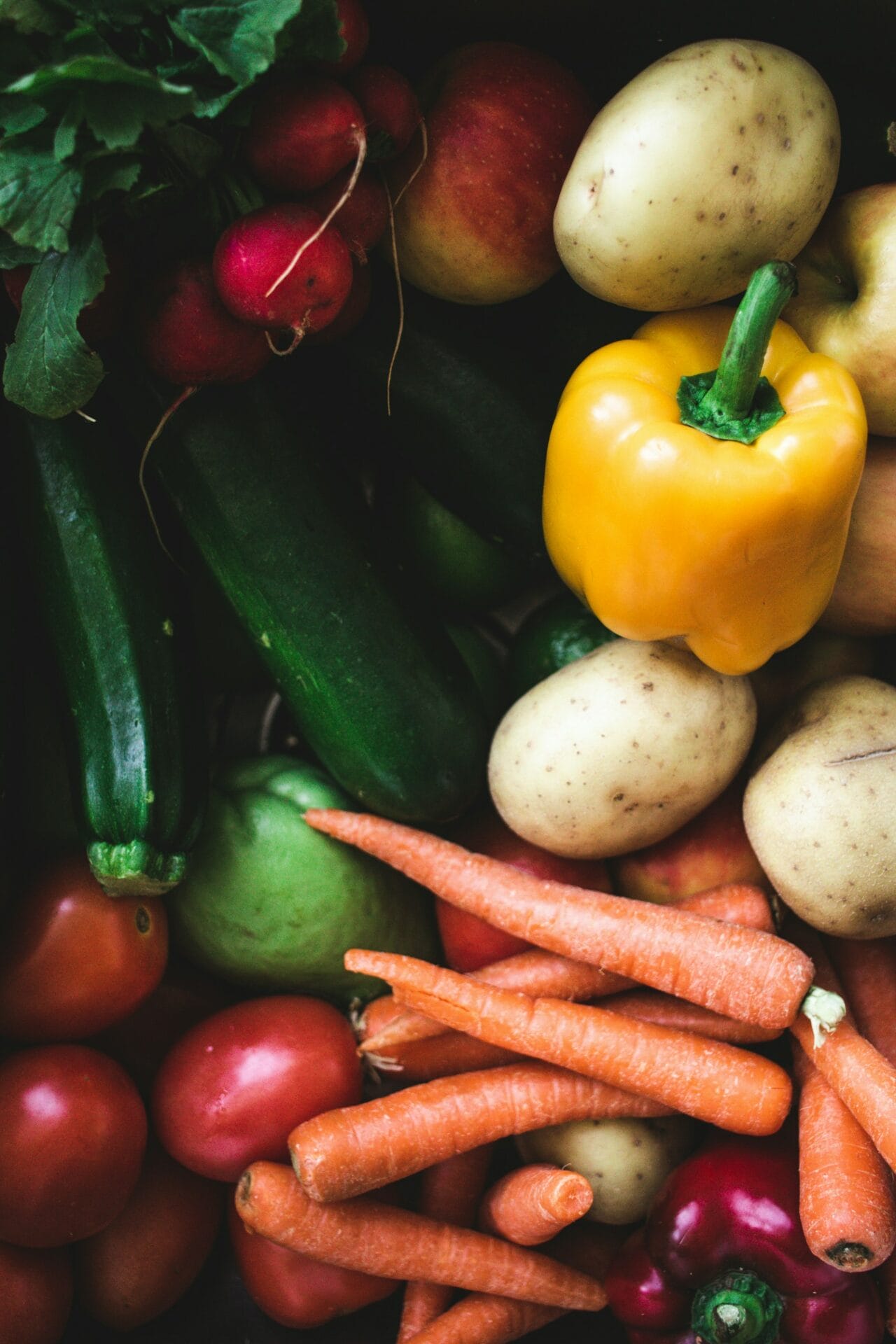
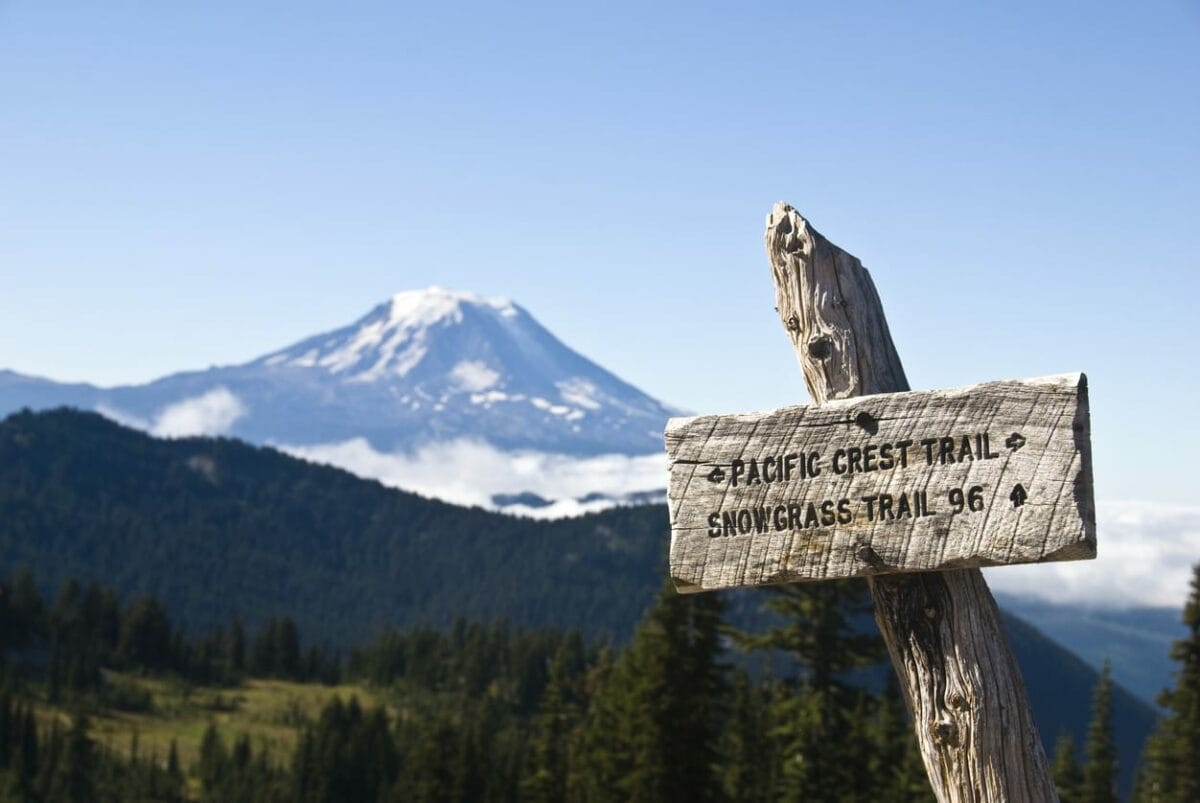
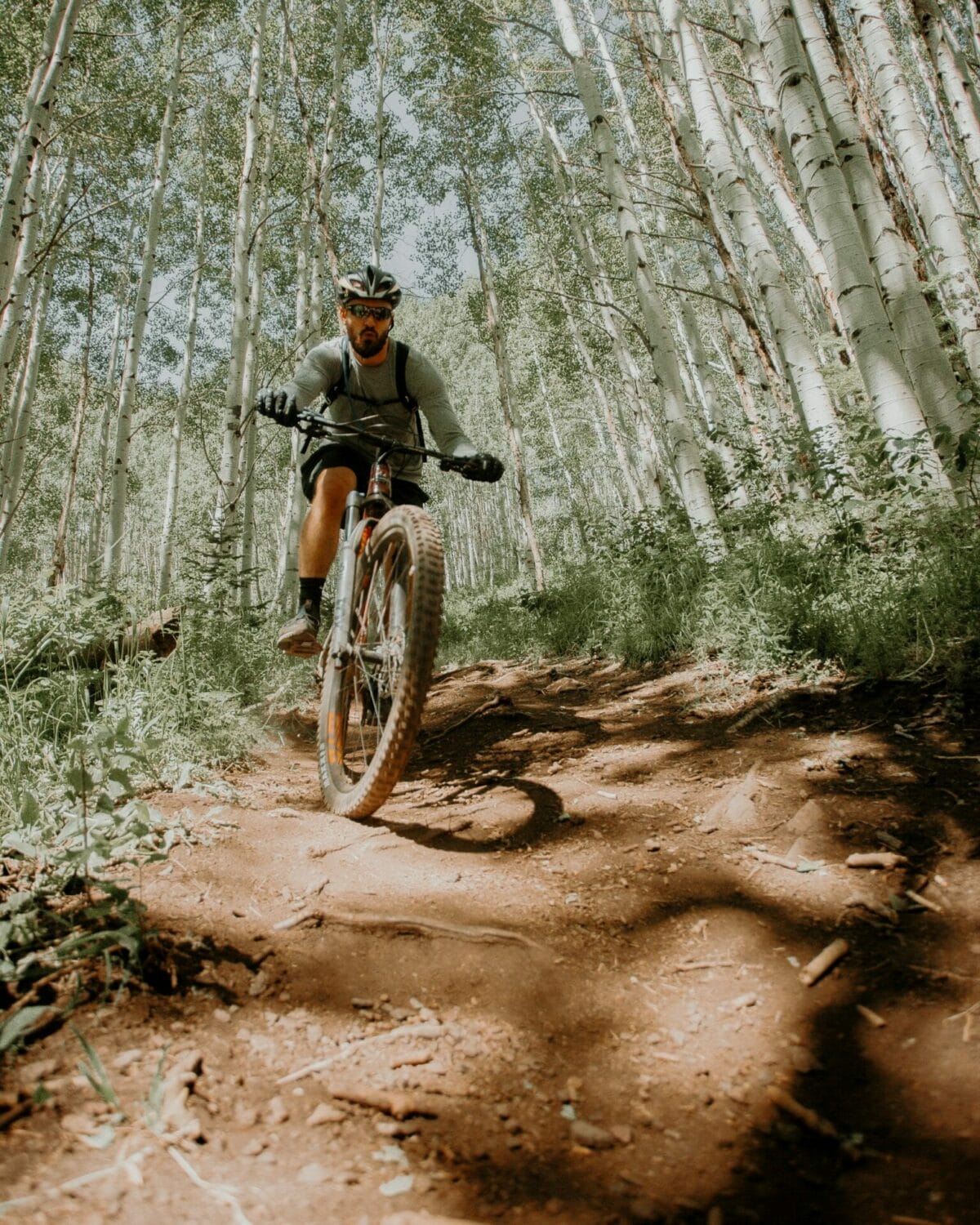
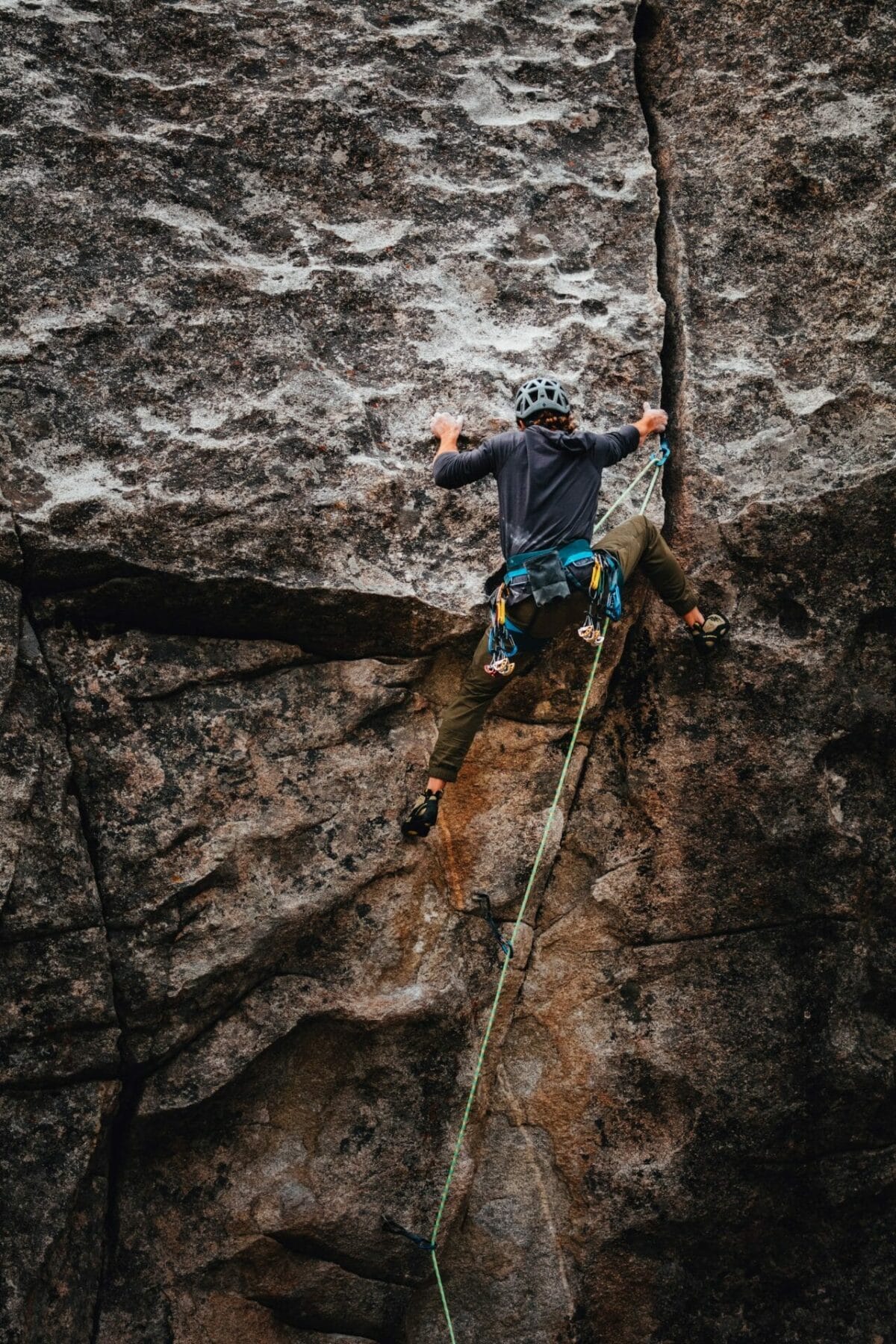
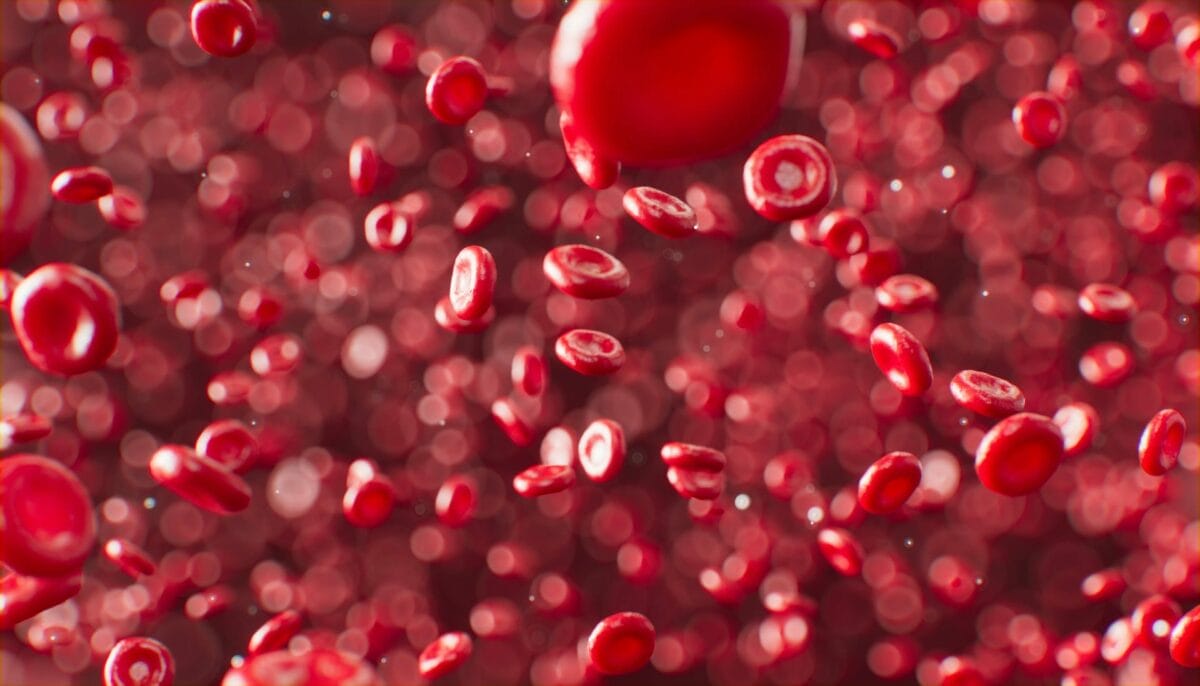
Sign up for updates that come right to your inbox.